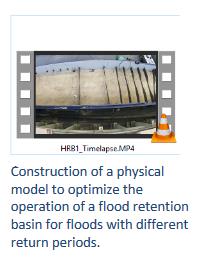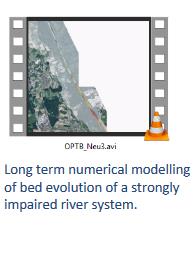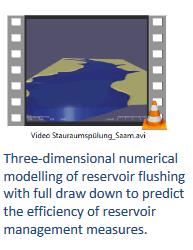Exhibition: Institute for Modeling Hydraulic and Environmental Systems (IWS), University Stuttgart
« Back to Exhibition List Page
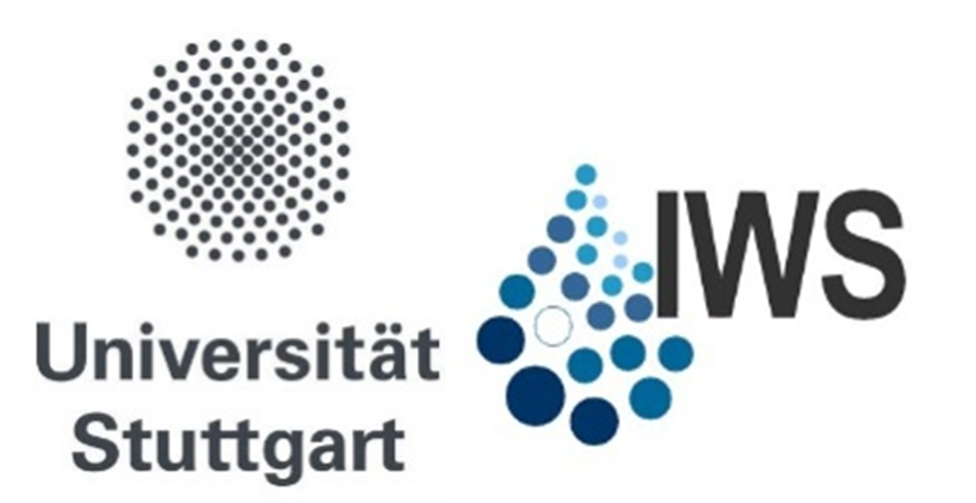
Institute for Modeling Hydraulic and Environmental Systems (IWS), University Stuttgart
Department of Hydraulic Engineering and Water Resources Management (LWW)
Universities and Academia
Contact Us: Pfaffenwaldring 61, 70569 Stuttgart, Germany; maria.costa@iws.uni-stuttgart.de
About
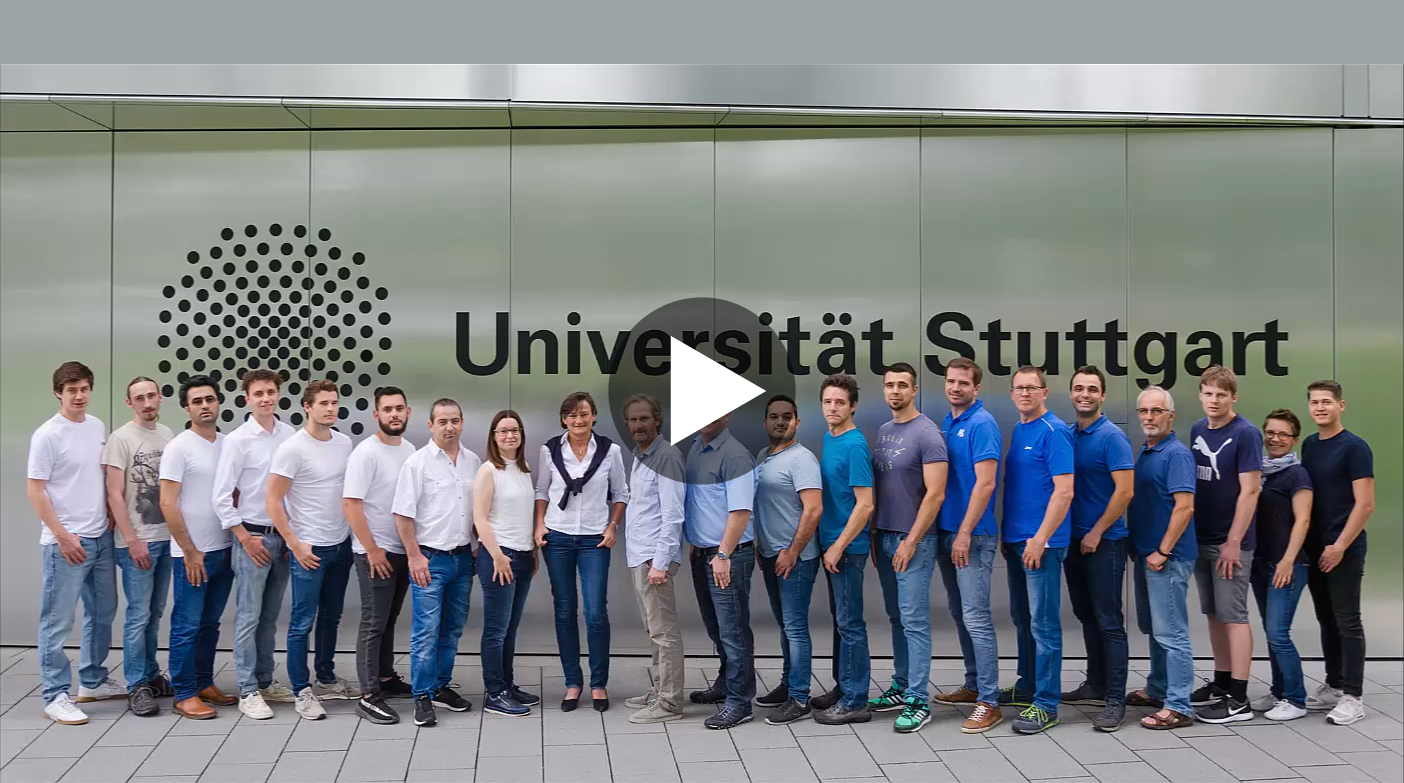 The Institute for Modelling Hydraulic and Environmental Systems (IWS) is organized in five departments with about 90 employees. The IWS dedicates its research to contribute to a sustainable, future-proof, and secure use of our environment and water resources. The research activities cover a broad spectrum of fundamental and applied research. Our approaches are based on models, field measurements, and system analysis, including the development of advanced numerical models and measurement methods.
The Institute for Modelling Hydraulic and Environmental Systems (IWS) is organized in five departments with about 90 employees. The IWS dedicates its research to contribute to a sustainable, future-proof, and secure use of our environment and water resources. The research activities cover a broad spectrum of fundamental and applied research. Our approaches are based on models, field measurements, and system analysis, including the development of advanced numerical models and measurement methods.
The IWS deals with water in its full spectrum: precipitation, rivers, lakes, soil, and the deep underground. We study water-quantity (floods, droughts) and water-quality (nutrients, contaminants), which are closely linked with competing water uses, ranging from agriculture and power generation, to industrial and recreational activities as well as energy storage.
The institute is a cooperative member of the International Association for Hydraulic Research (IAHR), the German Association for Water, Wastewater and Waste (DWA), and the National Commission of the International Commission on Large Dams (ICOLD). The scientific staff of the IWS is active in many national and international committees such as the European Geosciences Union (EGU).
Organization Activities/ Business Field
At the Department of Hydraulic Engineering and Water Resources Management (LWW), we follow an interdisciplinary and holistic approach to understand the complexity of hydraulic and hydro-morphodynamic processes. The department is structured in three research groups.
The research group on Hydro-morphodynamics conducts innovative research across spatial and temporal scales for answering research questions addressing fluvial processes. Beyond fundamental research, application-oriented projects are performed in close cooperation with the private sector and with an emphasis on the connection between ecological and structural requirements in hydraulic engineering. We seek to combine ecological sustainability of fluvial ecosystems and safety of infrastructure. For this purpose, we employ multidimensional, mathematical-numerical models, physical model experiments, and field measurements.
The research focus of the group on Hydraulic structures and Hydropower is set on the optimization of the design of hydraulic structures, flow machines and the related flow and transport processes by using different experimental and numerical methods. A special focus is set on safety requirements of hydraulic structures, where basic and applied research is performed. A link to morphodynamics and ecological conditions in river systems is always present as a result of definitions of hydraulic requirements in design processes.
The Hydraulic Laboratory at the LWW provides a floor space of 1,600 m². It is equipped with a pumping capacity of 1,000 l/s and four research flumes to leverage a wide range of possibilities for hydraulic model experiments on various challenges related to hydraulic engineering and water resources management. The activities range from fundamental and application-oriented research to practice-oriented contractual research and development on hydraulic and morphodynamic processes, as well as their effect on riverine ecology. Our service includes the development of detailed options for sustainable and ecologically resilient measures based on our physical model experiments.
Products/Services
The research at the LWW includes the development of tailored equipment, cutting-edge methods and scientific tools to investigate interdisciplinary research challenges. A highlight of research are experimental analyses in the hydraulic laboratory and field measurements, including the specific development of measuring equipment. Another key aspect is the employment and development of numerical modelling tools to simulate dynamic processes in hydro- and environmental systems, as well as hydraulic structures.
